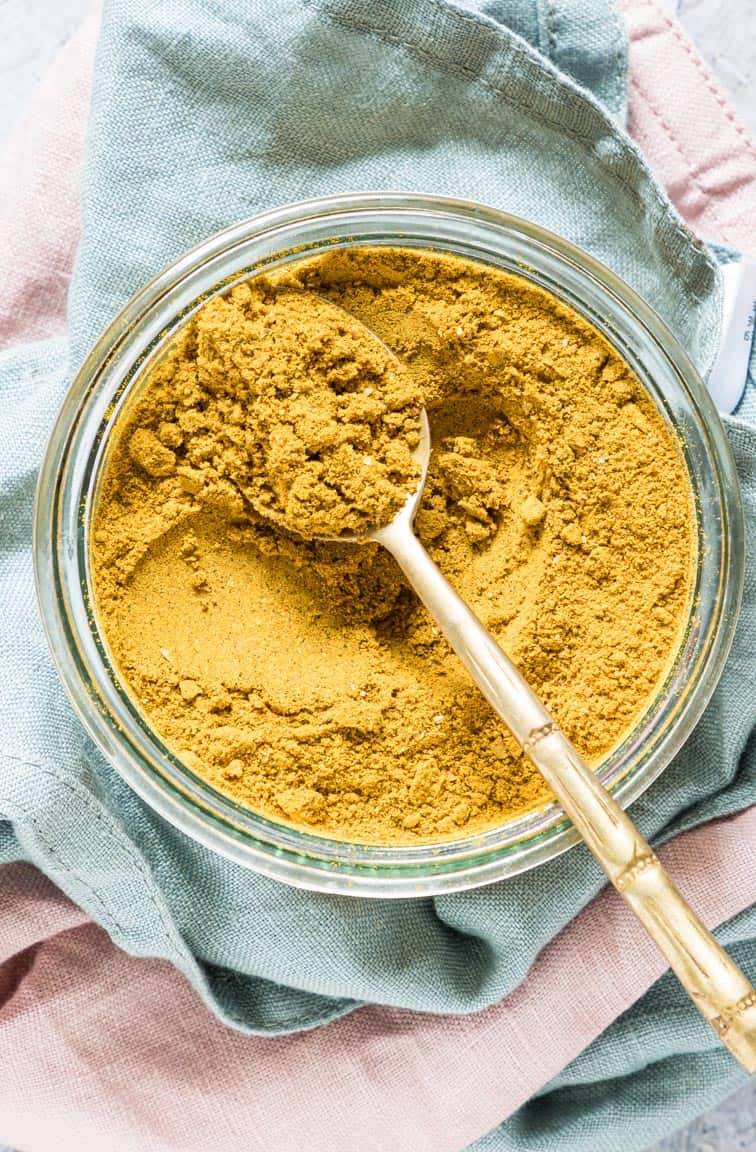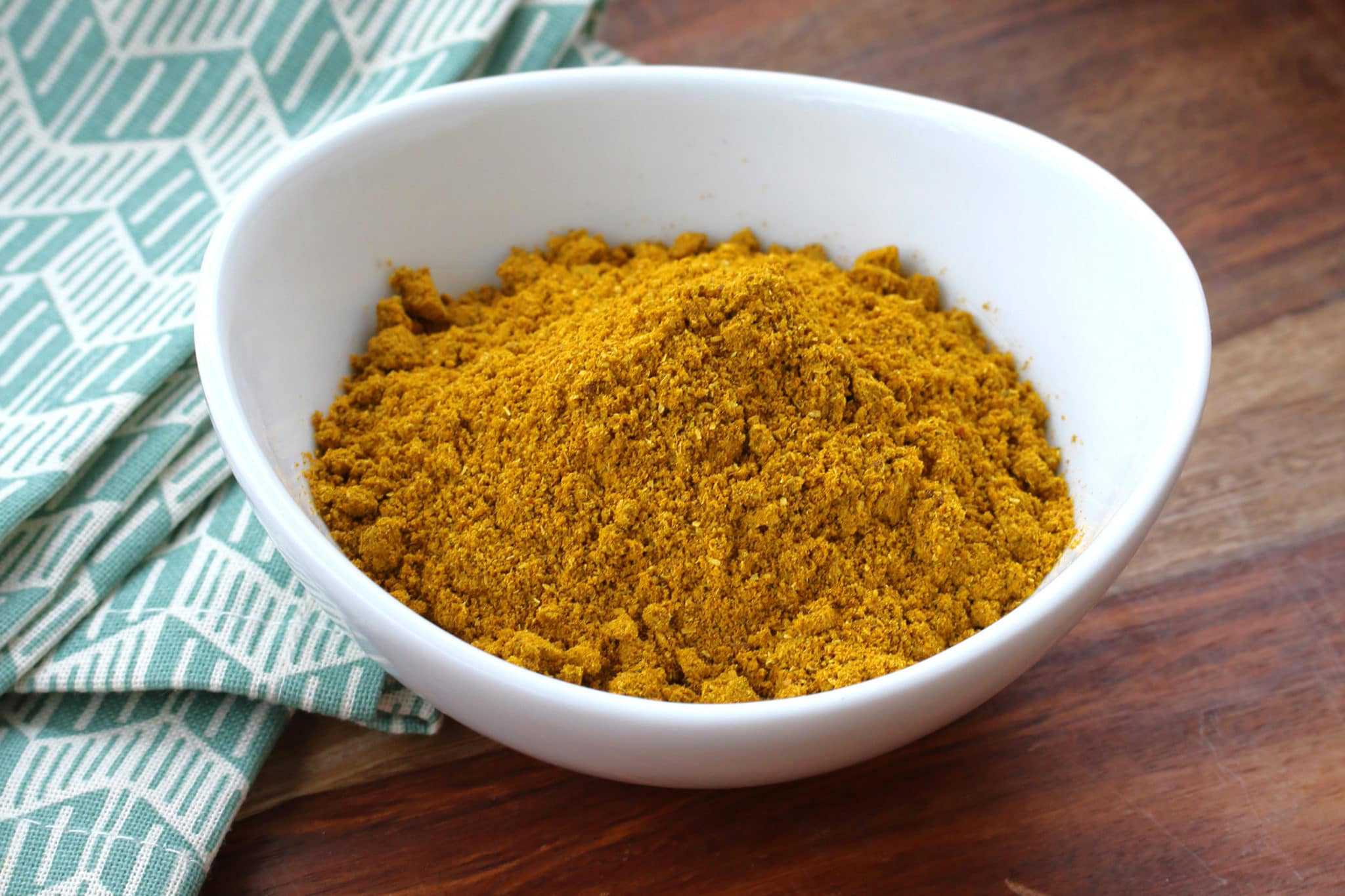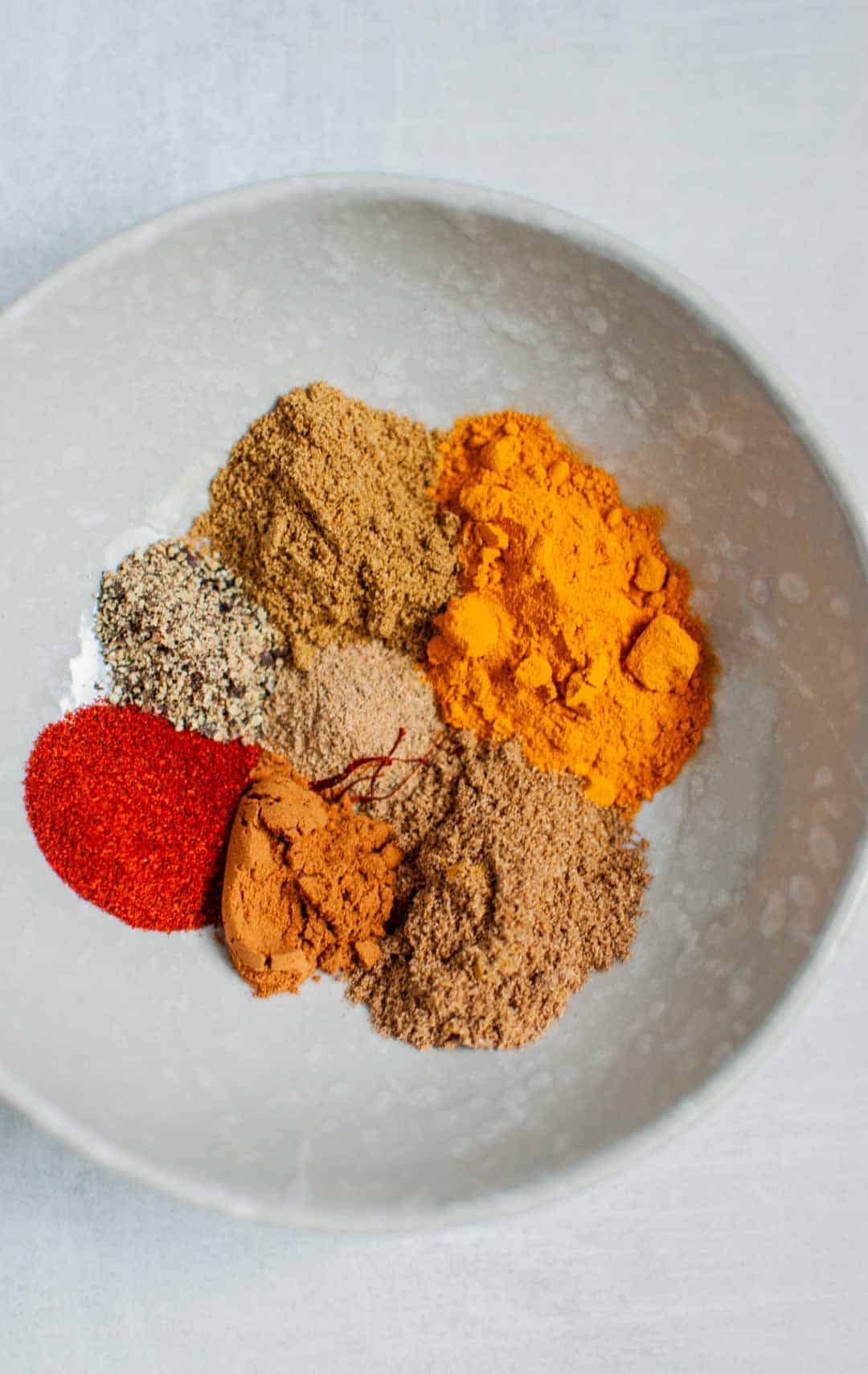
It should be noted that India, a country famous for using curry powder in various dishes, has an Alzheimer’s rate that is four times lower than that of the United States. Cur cumin efficiently blocks this plaque, and therefore protects the brain.

Cur cumin, the yellow pigment of curry powder, is being seriously investigated by scientists as a tool to fight against Alzheimer’s disease. Therefore it avoids diseases that attack the brain such as dementia, Parkinson’s and Alzheimer’s. As a result, curry is being studied as an anti-aging spice since it does not have any of the side effects of synthetic treatments.Ĭurry is a powerful protector of the brain thanks to the numerous nutrients present in allspice and turmeric.

In India, turmeric is commonly used for the treatment of burns and cuts on the skin. Thanks to turmeric, curry is slowly gaining recognition from the medical community for its anti-inflammatory properties. If it says “contains gluten” is because they have added wheat flour and therefore should not have all the nutrients and benefits described below, besides being harmful to the health of the gluten intolerant. There are many industrial curries that have flour, which makes it more profitable, so when you go to buy it take a look at the composition. You can find curry at any spice store and in supermarkets.

Curry is the name generally adopted in the West to mention the mixture of dehydrated spices marketed under different brands such as seasoning for all kinds of more or less spicy dishes that refers to the culinary culture developed in Asian cuisines, East and Southeast Asia. And they are right! This spice, besides being delicious, has strong medicinal properties that help maintain health and also burn fat. In Latin America it is usually used in rice or chicken but it also combines with many recipes, in India it is eaten curry every day.

Curry is a typical Indian spice that gives a lot of flavor to the dishes.


 0 kommentar(er)
0 kommentar(er)
